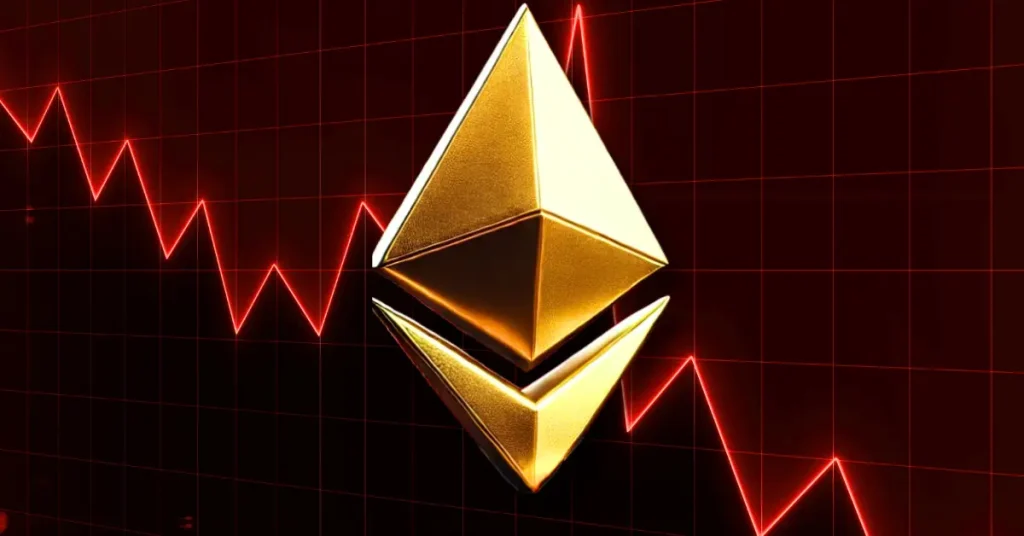
The post After Rising Above $1800, Here’s What to Expect from the Ethereum (ETH) Price Rally This Month appeared first on Coinpedia Fintech News
The crypto markets are healing after the trade war losses that wiped out billions from the space. While Bitcoin surged above $93,000, the Ethereum price made a more intense leap of over 10% in the past 24 hours and is trying to secure the newly gained support at $1800. Soon after the second-largest token displayed strength, the whales jumped in and intensified their activity, which created a huge volatility.
As per some reports, an ETH whale bought nearly 20,000 ETH worth nearly $34.7 million.
On the other hand, another whale withdrew over 12,000 ETH from Binance, which raised the suspicion of a potential drop. However, the selling pressure does not seem to have mounted, hinting towards the price maintaining a continued upswing for the rest of the week.
The ETH price rose but failed to rise above the 50-day MA at $1830 as the bears extracted some of the profits. Meanwhile, the conversion and base lines have triggered a bullish crossover; the cloud suggests the token remains under bearish influence. Hence, the price may continue to remain consolidated within a small range while the bulls are trying hard to defend the support at $1770.
The ETH price is currently trading just below $1800 at $1797, while the gains have dropped below 10%. There is a strong resistance at $1860, and if it is overcome, then the token may try for $2000. Meanwhile, if the price drops to the support area of $1750, it may face a correction below $1700.




 — the ADA/JPY pair on Binance is up +79% in 24h trading volume, making it the second highest volume pair globally for
— the ADA/JPY pair on Binance is up +79% in 24h trading volume, making it the second highest volume pair globally for 
